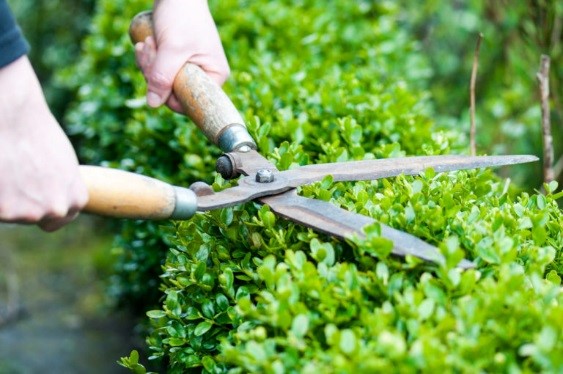
Proper plant management, including pruning, shaping, and controlling branch growth, is a key factor in reducing plant stress and increasing resilience to environmental factors. Proper pruning helps ensure that light, air, and nutrients reach all parts of the plant, promoting healthy growth and high-quality yields.
Benefits of Pruning and Proper Plant Management
-
Improved Airflow and Light Penetration:
Pruning crowded and excess branches allows better airflow and light penetration, reducing fungal and bacterial diseases and enhancing photosynthesis. -
Reduced Environmental Stress:
Pruning helps the plant focus its energy on healthy growth and fruit production, reducing stress from heat, drought, and heavy branches. -
Enhanced Growth and Productivity:
Removing weak or diseased branches allows the plant to allocate energy to healthy branches and fruits, increasing yield and quality. -
Size and Shape Control:
Shaping and controlling plant volume facilitates harvesting, irrigation, and maintenance, while reducing physical stress from irregular growth. -
Prevention of Pests and Diseases:
Removing dead or diseased branches reduces habitats for pests and pathogens, preventing their spread.
Methods for Pruning and Plant Management
-
Regular pruning of dead, diseased, or weak branches
-
Shaping trees and shrubs to improve light penetration and airflow
-
Controlling branch density to reduce shading and mechanical stress
-
Removing excess fruits to focus energy on high-quality produce
-
Using proper and sanitized tools to prevent plant damage
Conclusion
Pruning and proper plant management are simple, effective, and scientific methods to reduce plant stress and increase crop productivity. These practices help farmers maintain healthier, more resilient, and higher-quality plants while minimizing environmental and disease-related risks.
Javaneh Omid Balouch Company provides training and consultancy in pruning and plant management, supporting farmers in sustainable and optimized agriculture.
